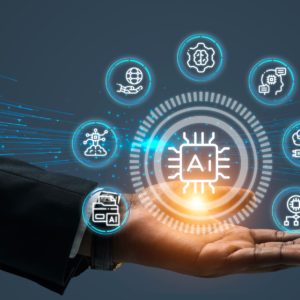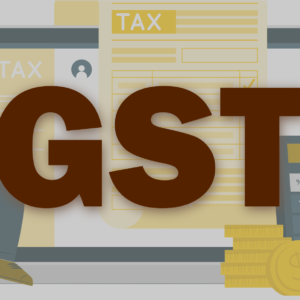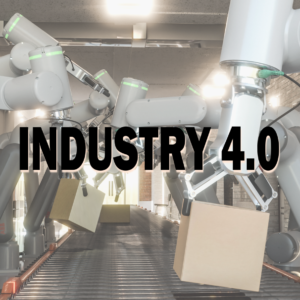
India, with its burgeoning economy, stands at the crossroads of innovation and progress. However, a persistent challenge hindering the nation’s full potential is the palpable gap between industry and academia. This article delves into the intricacies of this divide and explores the measures undertaken by both the government and private bodies to bridge this gap, fostering a more symbiotic relationship for the betterment of the country’s socio-economic landscape.
The Lacuna
The lack of effective industry-academia linkage in India has been a longstanding issue, with academia often perceived as detached from the practical needs of the industry. This disconnect leads to a mismatch between the skills imparted by educational institutions and the dynamic requirements of the job market. Graduates find themselves under-prepared for the rapidly evolving demands of the industry, while businesses struggle to find skilled professionals.
Root Causes
Several factors contribute to this divide. Outdated curricula, a dearth of industry exposure for students, and a lack of collaborative research ventures are among the primary challenges. Additionally, the traditional academic structure often emphasizes theoretical knowledge over practical skills, further exacerbating the gap between academic institutions and industries.
Government Initiatives
Recognizing the urgency of addressing this issue, the Indian government has implemented various measures to strengthen the industry-academia linkage. Initiatives such as the Skill India Mission and the National Skill Development Corporation (NSDC) aim to align education with industry needs. Schemes like the Atal Innovation Mission promote entrepreneurship and innovation, fostering a culture of collaboration between academia and industry.
Furthermore, the government has encouraged the establishment of Centers of Excellence and incubation centers within educational institutions, providing a platform for industry experts and academics to collaborate on research and development projects. The New Education Policy (NEP) also emphasizes a more holistic and industry-relevant education system.
Private Sector Contributions
Private enterprises have played a crucial role in bridging the industry-academia gap. Corporate collaborations with educational institutions through internship programs, guest lectures, and industry-sponsored projects expose students to real-world challenges. Many companies have taken the initiative to design specialized training programs, ensuring that graduates are equipped with the practical skills required in the professional landscape.
Additionally, industry-academia partnerships have led to the establishment of research and development centers, where experts from academia and industry collaborate on innovative projects. These endeavors not only enrich academic curricula but also contribute to solving real-world problems faced by industries.
Challenges and Future Outlook
Despite these positive steps, challenges persist. Overcoming institutional inertia, aligning diverse stakeholders, and ensuring sustained commitment from both academia and industry remain formidable tasks. However, the increasing recognition of the importance of this linkage signals a positive shift.
In the future, fostering a culture of continuous collaboration, updating curricula in real-time, and promoting a shared vision of skill development will be pivotal. The synergy between academia and industry is not just a necessity for economic growth but a catalyst for innovation, ensuring that India’s workforce remains globally competitive.
In conclusion we can say that the journey towards a robust industry-academia linkage in India is an ongoing process, marked by significant strides and persistent challenges. As the government and private bodies continue to work hand-in-hand, the prospects of a more dynamic and integrated ecosystem are promising. Bridging this divide is not just a matter of policy; it’s an investment in the nation’s future, where the exchange of knowledge and expertise becomes a driving force for sustainable growth and development.






